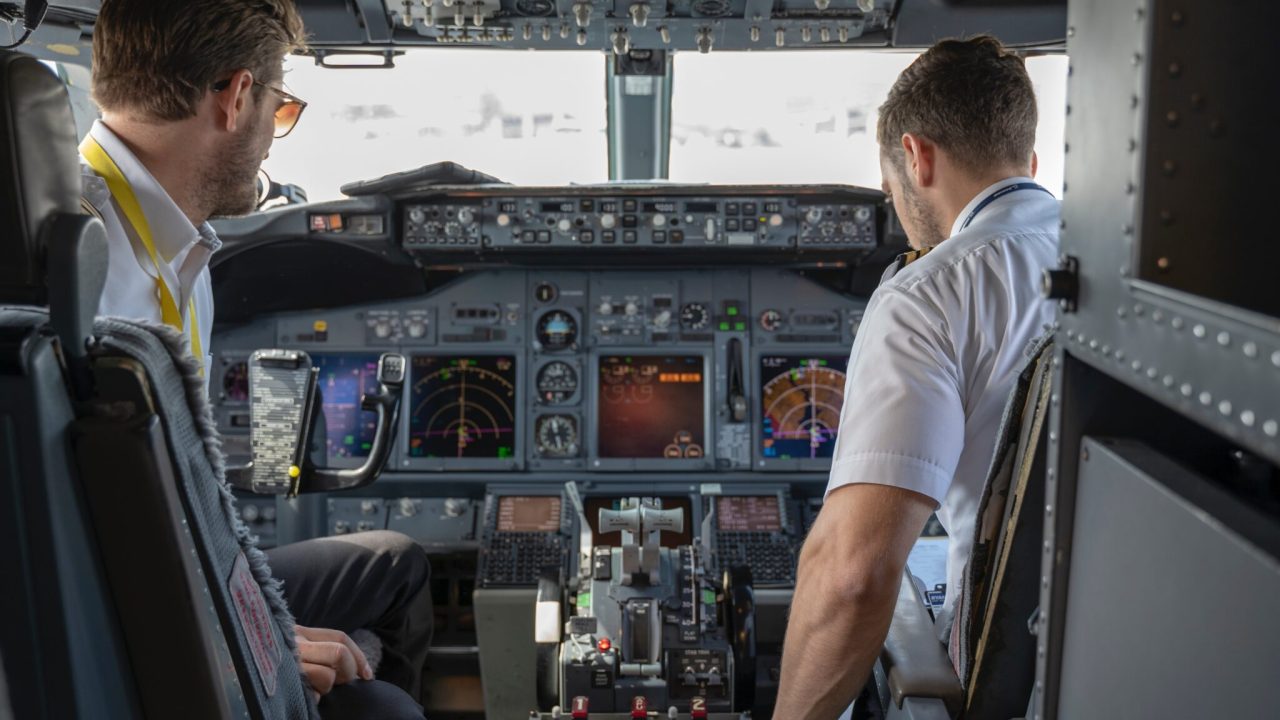Completing your ATPL license and finishing your MCC/APS course at EPST in Utrecht are monumental achievements. But these milestones are just the beginning. As you step into the professional world and start applying for jobs, your next big challenge will be obtaining a type rating. In this blog, we will discuss what a type rating is, how many you can have, and offer tips on how to prepare effectively.
What exactly is a type rating?
A type rating is a certification on your pilot’s license that allows you to fly a specific type of aircraft. Each aircraft requires its own type rating, and newly graduated pilots often start with type ratings for aircraft like the Boeing 737 or Airbus A320. The type rating process typically takes about three months, involving both theoretical knowledge and practical flight training. As former EPST trainee and Ryanair pilot Diede van Dijk shares, “Taking off and flying with a Boeing for the first time is a powerful feeling. The touch-and-goes are the icing on the cake!”
Is there a limit for type ratings?
There is no hard limit to the number of type ratings a pilot can hold. However, managing multiple type ratings requires ongoing training and recurrent checks. Airlines generally prefer pilots to have type ratings for the specific aircraft in their fleet. Throughout their careers, some pilots may obtain type ratings for several different aircraft, such as the B787 or E190, increasing their versatility and job opportunities.
What type rating do I begin with?
Choosing which type rating to pursue first can depend on several factors, including your career goals, airline preferences, and available opportunities. The E190 is often favored by regional airlines and can be an excellent starting point for pilots looking to gain experience with smaller commercial jets. This type rating is ideal for those aiming to build a solid foundation in regional aviation.
On the other hand, the B787 is a long-haul aircraft, and obtaining a type rating for it might be more suitable for pilots aspiring to work with major airlines on international routes. The B787 type rating can open doors to global travel and working with larger, more established carriers.
What is the best way to prepare for a type rating?
If you’ve secured a job with an airline post-training at EPST, your type rating course is likely just around the corner. Here are some key tips to ensure you’re well-prepared:
1. Stay sharp with simulator training
After graduating from EPST, take advantage of the Boeing 737 simulators available to you. Regular simulator practice helps maintain and improve your flying skills, giving you a strong start for your type rating training.
2. Refresh your ATPL knowledge
Keeping your theoretical knowledge current is crucial. The type rating training will delve into the technical aspects of the aircraft, requiring you to recall information from your ATPL studies. Review important concepts and summaries to ensure you’re ready.
3. Prioritize rest
Pilot training is intensive, and you’ve likely been through a rigorous selection process for your airline. It’s important to rest and recharge before starting your type rating. Being well-rested helps you stay focused and learn more effectively.
Enjoy the experience
Despite the challenges, remember to enjoy this period. Learning to operate a sophisticated aircraft is a unique and rewarding experience. Embrace the learning process and savor the excitement of mastering a new aircraft.
